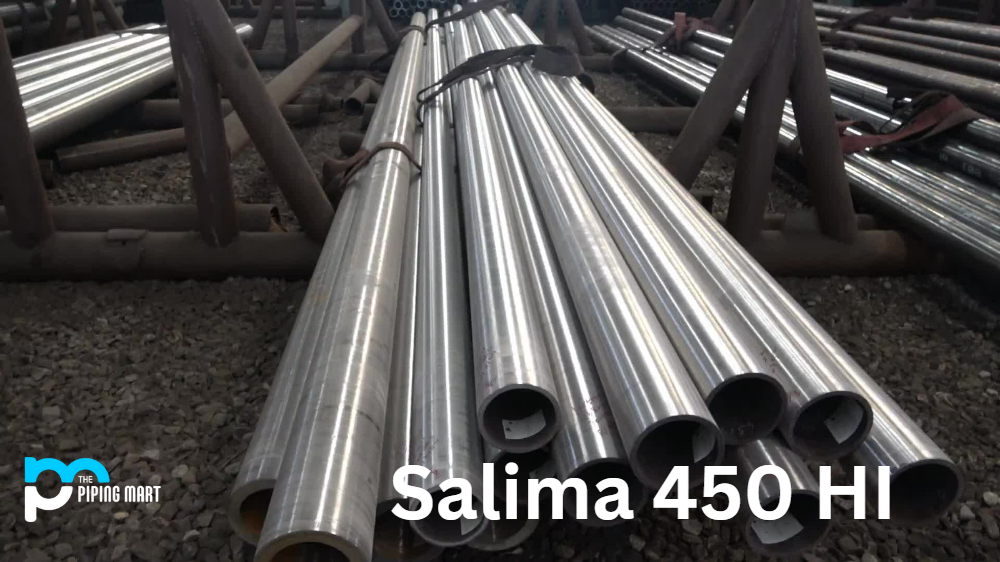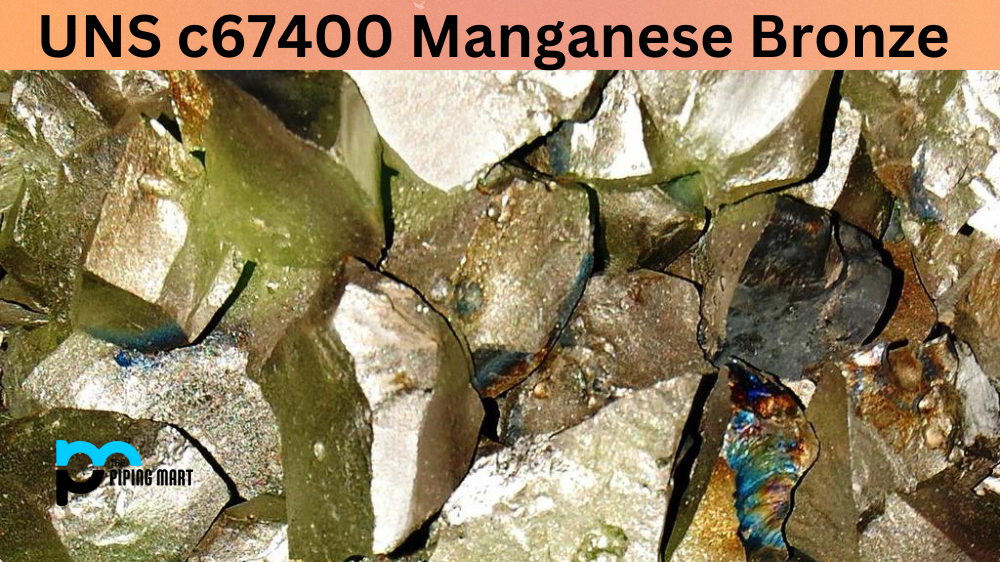This blog will look closer at Salima 450 HI, including its composition, mechanical and physical properties, uses, corrosion resistance, heat treatment, machining, and welding techniques.
What is Salima 450 HI?
Salima 450 HI is a low alloy, quenched and tempered steel widely used in the manufacturing and construction industries. Its alloying elements give it unique mechanical and physical properties, making it an excellent choice for applications requiring high strength, toughness, and wear resistance.
Salima 450 HI Plate Composition
Salima 450 HI comprises several alloying elements, including carbon, manganese, silicon, chromium, molybdenum, and nickel. These elements work together to give the steel its unique properties. Carbon increases hardness and strength, while manganese improves workability and toughness. Silicon enhances the steel’s resistance to oxidation and scaling, while chromium increases wear and corrosion resistance. Molybdenum and nickel improve the steel’s toughness, ductility, and fatigue resistance.
| Grade | C | Si | Mn | P | S | Al | Nb + V + Ti |
| Sailma 450HI | 0.25 | 0.40 | 1.50 | 0.055 | 0.055 | 0.01 | 0.2 |
Salima 450 HI Plate Mechanical Properties
Salima 450 HI has excellent mechanical properties making it suitable for various applications. It has a high tensile strength of up to 1270 MPa, yield strength of 880 MPa, and a low elongation of 14%. It also has a high hardness of 450 Brinell, making it resistant to wear and abrasion. In addition, Salima 450 HI has good toughness, impact resistance, and fatigue strength, making it ideal for heavy-duty machinery and equipment.
| Grade |
Yield strength MPa |
Tensile strength MPa |
Elongation |
| Sailma 450HI | 450 min | 570 – 720 | 19 |
Salima 450 HI Plate Physical Properties
Salima 450 HI has several physical properties that suit different environments. It has a density of 7.8 g/cm3, a thermal conductivity of 42 W/mK, and a specific heat capacity of 0.46 J/gC. It also has a low coefficient of thermal expansion, making it resistant to thermal cycling and shock. Furthermore, Salima 450 HI has good electrical conductivity and magnetic permeability, making it suitable for electromagnetic applications.
Salima 450 HI Plate Salima 450 HI Equivalents
| STANDARD | WERKSTOFF NR. | UNS | IS 2062 | IS 8500 | EN 10149-2 | SEW092:1990 |
| Sailma 450HI | 1.0982 | – | GRADE E450 D | FE 570 B | S460MC | QstE460TM |
Salima 450 HI Uses
Salima 450 HI is used in various industries, including manufacturing, construction, mining, and transportation. It is commonly used to make heavy-duty machinery, such as crusher jaws, excavator buckets, and drilling equipment. It also makes structural components in buildings and bridges, such as beams, columns, and braces. Salima 450 HI is also used in the mining industry, particularly in processing metals and minerals.
Salima 450 HI Corrosion Resistance
Salima 450 HI has good corrosion resistance, especially in acidic and alkaline environments. It is resistant to pitting, crevice corrosion, and stress corrosion cracking, making it suitable for marine applications. Salima 450 HI can also resist corrosion caused by sulfuric acid and hydrochloric acid, making it useful in chemical processing.
Salima 450 HI Heat Treatment
Salima 450 HI can be heat treated to improve its mechanical properties. It is typically quenched and tempered to balance hardness and toughness. When satisfied, the steel is rapidly cooled to room temperature, which causes it to become more complex and more brittle. The steel is then tempered by heating it to a lower temperature, which allows it to regain some of its ductility and toughness.
Salima 450 HI Machining
Salima 450 HI can be machined using conventional methods, such as drilling, milling, and turning. However, due to its high hardness and strength, it requires high cutting forces and specialized tools. Carbide or ceramic inserts are commonly used to machine Salima 450 HI to achieve high accuracy and surface finish.
Salima 450 HI Welding
Salima 450 HI can be welded using various techniques, including manual metal arc welding, gas tungsten arc welding, and submerged arc welding. However, due to its high carbon content, it is prone to cracking and distortion. Preheating, post-weld heat treatment, and low hydrogen electrodes are commonly used to minimize these issues.
Conclusion
Salima 450 HI is a low alloy, quenched, tempered steel widely used in various industries. It has excellent mechanical and physical properties making it suitable for heavy-duty applications. Its composition, corrosion resistance, heat treatment, machining, and welding techniques make it a popular choice for structural and mining components, machinery, and equipment. Salima 450 HI could be the perfect choice for your next project if you are looking for high-strength steel that can withstand extreme conditions.

Abhishek is a seasoned blogger and industry expert, sharing his insights and knowledge on various topics. With his research, Abhishek offers valuable insights and tips for professionals and enthusiasts. Follow him for expert advice on the latest trends and developments in the metal industry.




